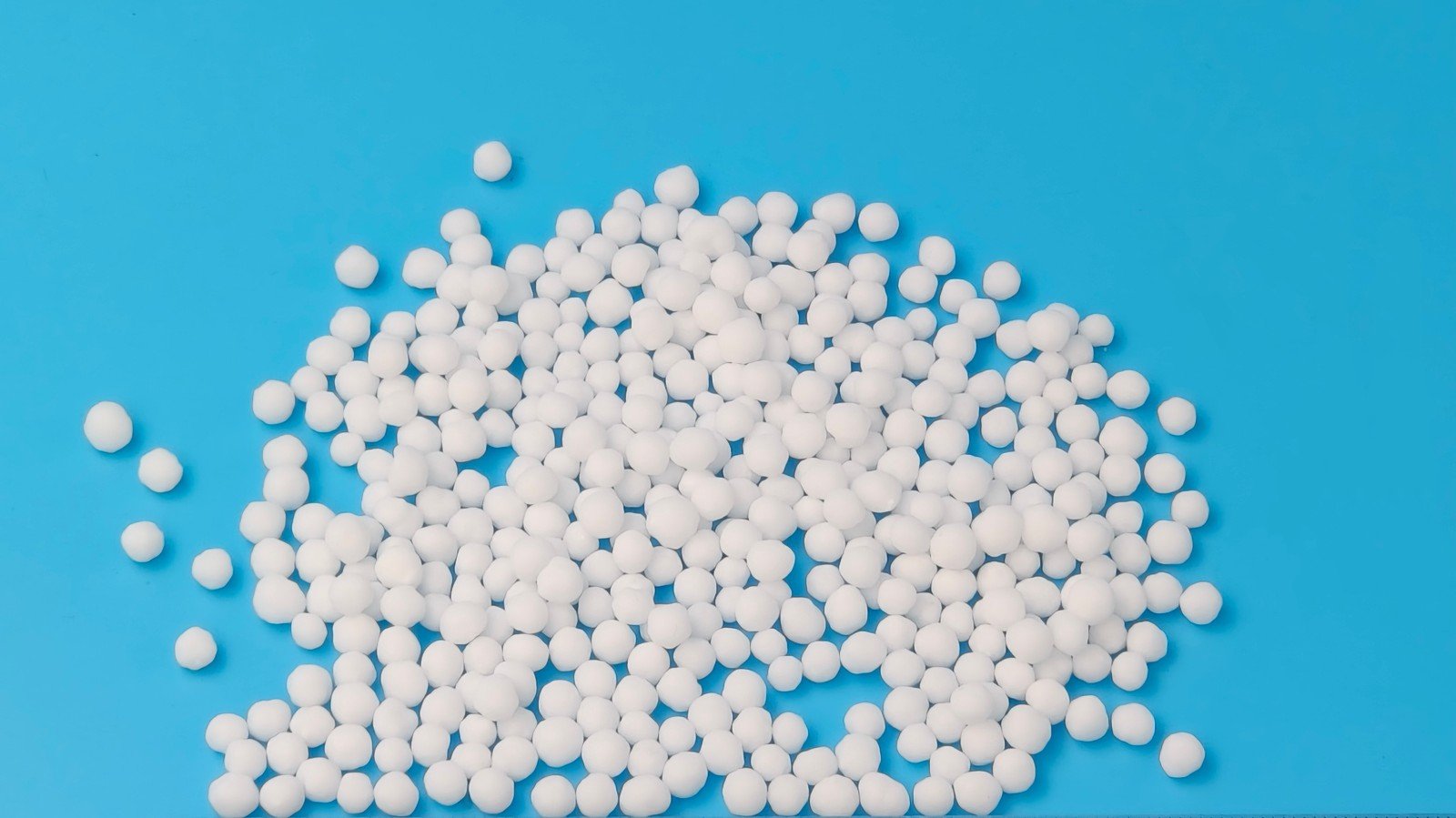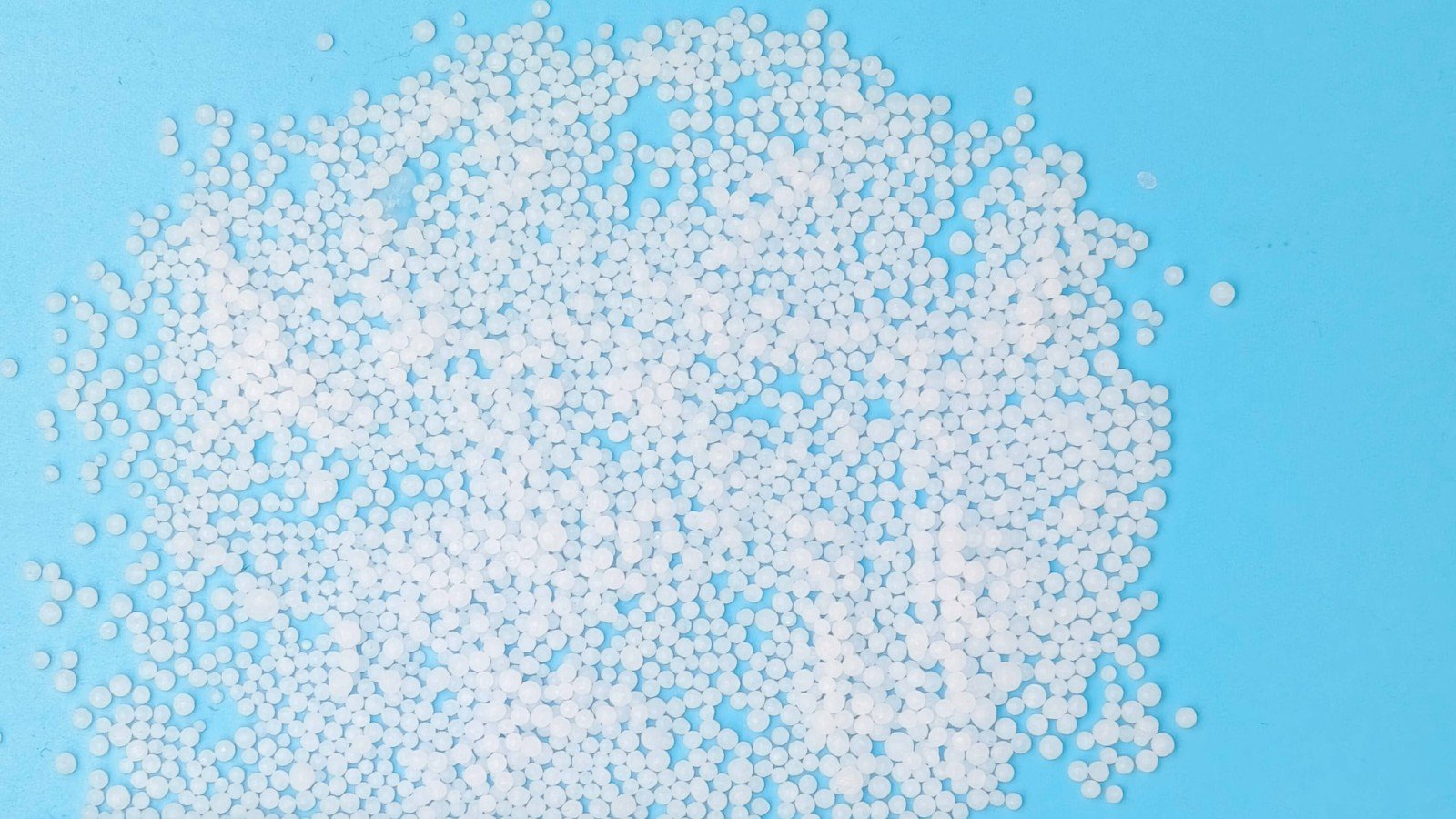As the "life element" of plant nutrition, nitrogen is the core component of proteins, nucleic acids, chlorophyll and various enzymes, and directly determines the yield and quality of crops. The following are the three core functions of nitrogen and the key points of scientific application:

1. The core role of nitrogen
Promote vegetative growth
Nitrogen is an essential element for chlorophyll synthesis. Adequate nitrogen supply can expand leaf area, enhance photosynthesis, make stems and leaves lush and dark green.
When nitrogen is deficient, old leaves turn yellow and fall off, plants are short, and yields drop sharply; excessive nitrogen causes stems and leaves to grow too long, fall over, and reduce stress resistance.
Increase yield and quality
Nitrogen participates in protein and amino acid synthesis, directly increases seed protein content, and improves the nutritional value of agricultural products.
Regulate physiological metabolism
Nitrogen is the basis for the synthesis of plant hormones (such as cytokinins) and vitamins, and can delay aging and promote flower bud differentiation.
2. Global practice of scientific nitrogen application
Apply measures according to local conditions and match accurately
Dryland crops: Nitrate nitrogen fertilizers (such as potassium nitrate) are preferred, which are highly mobile and quickly absorbed.
Paddy field crops: Ammonium nitrogen fertilizers (such as ammonium sulfate) are suitable to reduce the risk of leaching.
Chlorine-averse crops (such as tobacco) should avoid ammonium chloride, and sodium-based fertilizers should be used with caution in saline-alkali land.
Deep application to increase efficiency and reduce losses
Volatile fertilizers such as urea and ammonium bicarbonate need to be deeply applied and covered with soil to increase nitrogen utilization rate from 30% to 60%. Slow-release nitrogen fertilizers can prolong fertilizer effects and are suitable for cash crops.
Synergistic nutrition and balanced fertilization
The combination of nitrogen, phosphorus and potassium can significantly increase production: phosphorus promotes root development, potassium enhances resistance to lodging, and the three work together to improve nitrogen utilization efficiency.
3. Industry trend: green nitrogen management
As global agriculture transitions to low-carbon, efficiency-enhancing nitrogen fertilizers (such as adding nitrification inhibitors) and biological nitrogen fixation technologies have become hot topics. Drone monitoring and gene editing technology are helping to cultivate efficient nitrogen-absorbing crops and reduce nitrogen emissions from farmland.
As a global fertilizer supplier, we provide a full range of nitrogen fertilizer solutions. Scientific use of nitrogen, fertile soil and abundant crops - let us work together to optimize the nitrogen cycle and protect the future of global arable land with the power of innovation!





